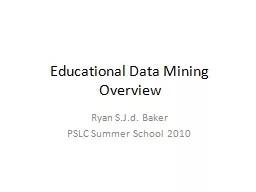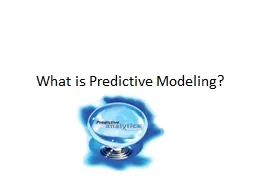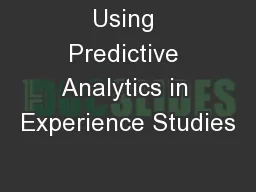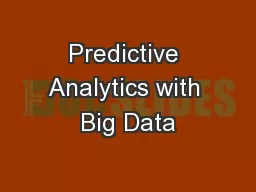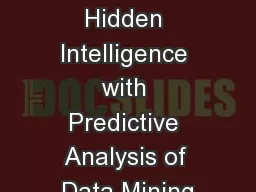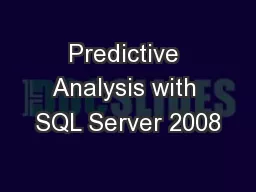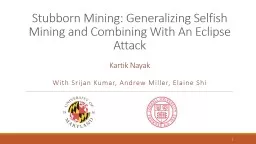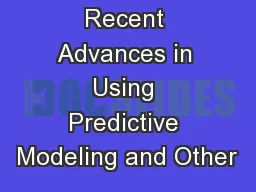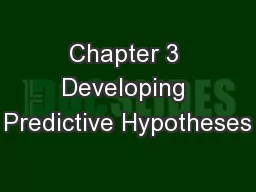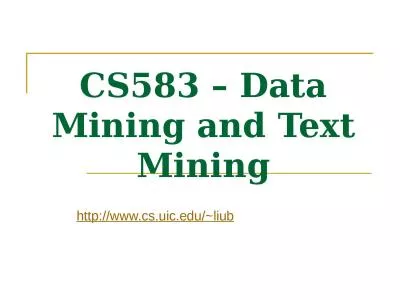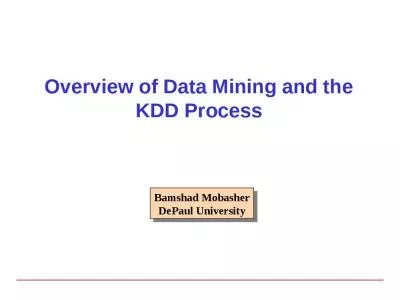An Overview of Data Mining: Predictive Modeling
Author : marina-yarberry | Published Date : 2025-06-23
Description: An Overview of Data Mining Predictive Modeling for IR in the 21st Century Nora Galambos PhD Senior Data Scientist Office of Institutional Research Planning Effectiveness Stony Brook University AIRPO Annual Conference Lake George 2015
Presentation Embed Code
Download Presentation
Download
Presentation The PPT/PDF document
"An Overview of Data Mining: Predictive Modeling" is the property of its rightful owner.
Permission is granted to download and print the materials on this website for personal, non-commercial use only,
and to display it on your personal computer provided you do not modify the materials and that you retain all
copyright notices contained in the materials. By downloading content from our website, you accept the terms of
this agreement.
Transcript:An Overview of Data Mining: Predictive Modeling:
An Overview of Data Mining: Predictive Modeling for IR in the 21st Century Nora Galambos, PhD Senior Data Scientist Office of Institutional Research, Planning & Effectiveness Stony Brook University AIRPO Annual Conference Lake George 2015 Data mining: overview The beginnings of what we now think of data mining had roots in machine learning as far back as the 1960s. In 1989 the Association of Computing Machinery Knowledge Discovery in Databases conferences began informally. Starting in 1995 the international conferences were held formally. Features of data mining Few assumptions to satisfy relative to traditional hypothesis driven methods A variety of different methods for different types of data and predictive needs Able to handle a great volume of data with hundreds of predictors Data Mining According to a NY Times article, data scientists spend 50 to 80 percent of their time “collecting and preparing unruly data, before it can be explored for useful nuggets.”1 Although CART and CHAID, for example, are able to incorporate missing data without listwise deletion, it still remains important to examine the data and be cognizant of the missing data mechanisms. There is a wide variety of formats for data, and it takes time and effort to configure data from numerous sources so it can be combined. Companies are starting up to provide data cleaning and configuring services. Data Wrangling 1Lohr, Steve. The New York Times, August 17, 2014 Some of the initial steps are the similar to traditional data analysis. Study the problem and select the appropriate analysis method. Study the data and examine for missingness. Though there are data mining methods that are capable of including missing values in the results rather than listwise deleting the observations, one must still examine the data to understand the missing data mechanisms. Study distributions of the continuous variables. Examine for outliers. Recode and combine groups of categorical variables. Data Mining: Initial Steps Data Mining: Training, Validation, and Test Partitions The purpose of the analysis is both explanatory and predictive. Need to find the correct level of model complexity. A model that is not complex enough may lack the flexibility to represent the data, under-fitting. When the model is too complex it can be influenced by random noise, over-fitting. For example, if there are outliers, an overly complex model will be fit to them. Then when the model is run on new data, it may be a poor fit. Data

